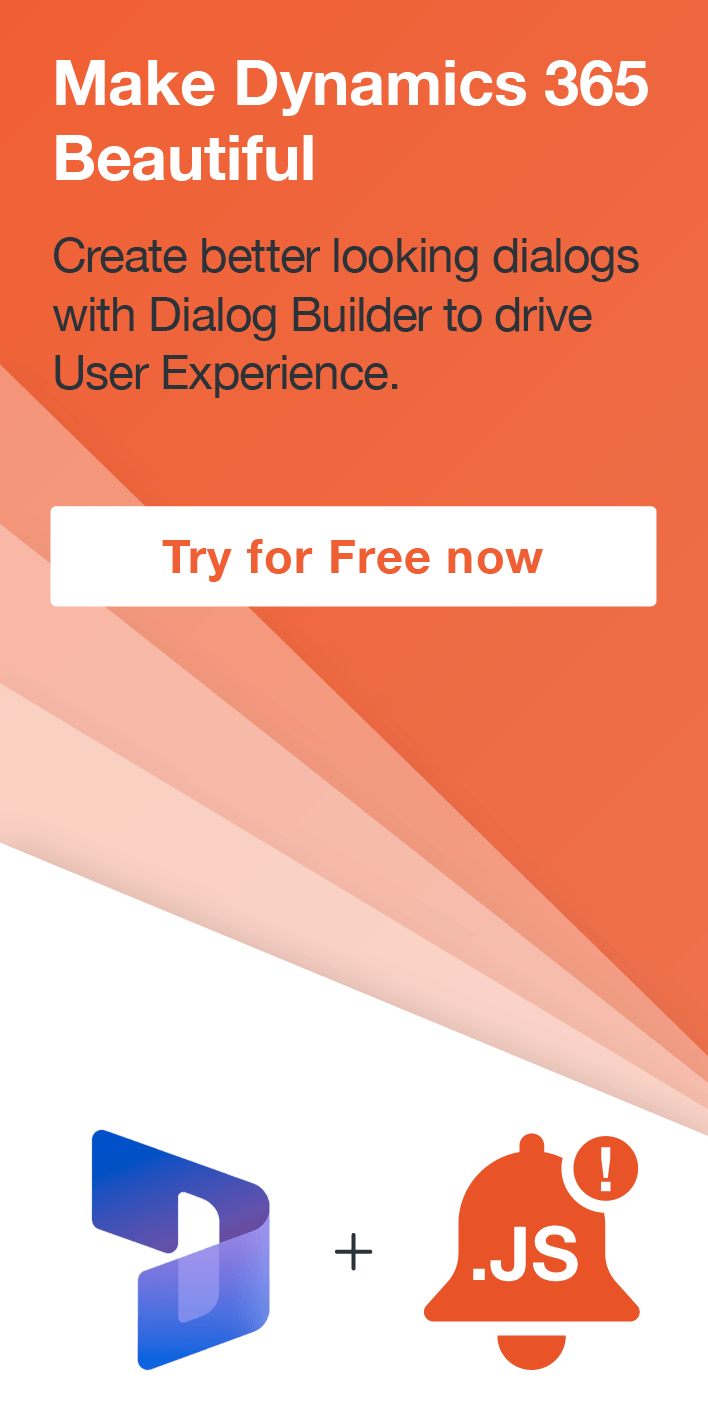Using Quick Campaigns in Dynamics CRM 4.0
Louise Alderton, 18 August 2010
Microsoft Dynamics CRM 4.0 provides two types of campaigns – ‘Marketing Campaigns’ and ‘Quick Campaigns’. These are fantastic tools for marketers (and sales people) to track and manage their campaign efforts. Both types of campaigns use customer lists, create activities (the interactions with the customer), such as an email, a letter or a phone call and allow you to view the customer responses to the campaign. The difference between them is ‘Marketing Campaigns’ represent marketing efforts over a period of time, and ‘Quick Campaigns’ represent an instant marketing effort. For this post I will concentrate on explaining the process and benefits of the ‘Quick Campaign’ tool.
.png)
What is a Quick Campaign?
You can use this Dynamics CRM tool to create one single activity to deliver to a marketing list or ad hoc group of accounts, contacts, or leads that you define, in other words, a quick campaign. The Wizard to generate a quick campaign simplifies the task of selecting an activity, handing over the activity to the appropriate user(s), filling in any details, and distributing the activities. The scheduled activity will automatically appear in the assigned user's ‘Workplace’.
.png)
Before beginning there are a few things you need to plan:
• The Activity – the channel through which customer communications are delivered. You can choose from phone call, appointment, letter, fax or email. Note, as this is a quick campaign you may only select one type of activity for one-off distribution to each of the defined customers.
• The Owner of the Activity – who will perform the activity. As you are the creator of the quick campaign the activity will, by default be assigned to you. However, you can also assign the activity to another user when appropriate in which case that user will be responsible for completing them.
• Who to Target – There are three ways you can select customers for your quick campaign. 1. Select the contacts, accounts, or leads directly from a view, such as My Active Leads. 2. Use a marketing list to select the customers. 3. Use Advanced Find to search records.
• Whether to Automate the Activity - This only applies if the activity type for the campaign is e-mail. Normally, activities appear in the activity list and must be performed by the assigned user. You can select this option to have the e-mail immediately sent when you finish creating the quick campaign.
• Details of the Activity – These will vary depending on the type of activity you will be undertaking. For example, if the activity is an email the details would be – the subject, the content, expected duration to prepare the email and the date and time the email is due.
Sales representatives often use quick campaigns. For example, if the sales rep knows they will be attending a conference in a particular geographic area, they can create a quick campaign for leads in that location. Using Advanced Find you can quickly define a list of customer leads in that specific location and then use this list to create the quick campaign and schedule a phone call for each lead.
Overall, the ‘Quick Campaign’ tool in Microsoft Dynamics CRM is a valuable instrument for creating and measuring single activity campaigns. The Wizard makes the process easy to follow and ensures all important details are accounted for.
Next week…’Marketing Campaigns’.

